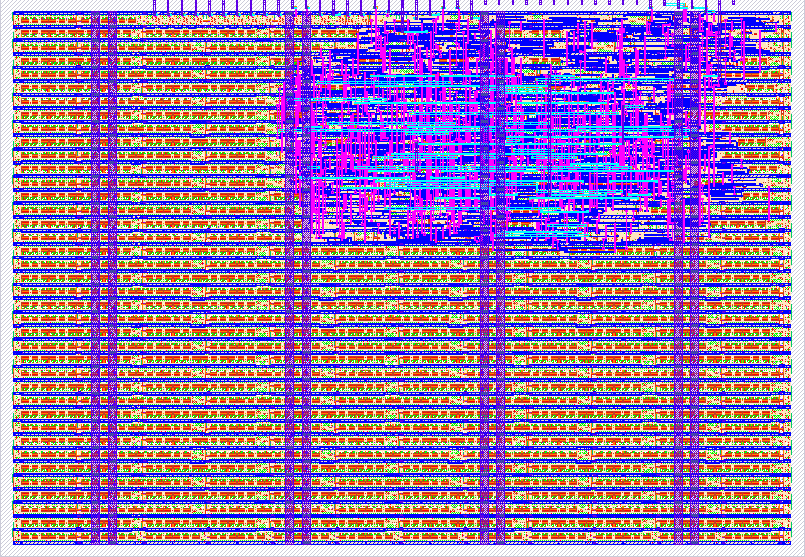618 Morse Code Detector
618 : Morse Code Detector

- Author: Yagnadatt Sarangi
- Description: The Morse Code Converter project translates Morse code sequences of dots and dashes into English alphabets (A–Z) and digits (0–9).
- GitHub repository
- Open in 3D viewer
- Clock: 2 Hz
How it works
This project simulates a Morse Code Transmitter and Receiver system implemented in Verilog HDL. It uses two Finite State Machines (FSMs) — one for transmission (trans_fsm) and another for reception (rec_fsm) — to encode and decode Morse code for alphabets (a–z) and digits (0–9).
Transmitter FSM (trans_fsm):
Converts button inputs (dot_inp, dash_inp, char_space_inp, word_space_inp) into a 3-bit encoded serial Morse signal (p_out).
Uses states like IDLE, DOT, DASH, CHAR_SPACE, and WORD_SPACE to send Morse sequences with proper timing gaps between symbols, characters, and words.
Receiver FSM (rec_fsm):
Samples the transmitted serial input (p_in) and reconstructs it into the corresponding 8-bit ASCII character (s_out).
Decoding is based on internal lookup tables that map Morse sequences to characters.
The two FSMs operate synchronously through the system clock (clk), ensuring correct timing and reset behavior through the active-low reset (rst).
How to test
Apply a reset pulse (rst = 0 → 1) to initialize both FSMs.
Provide input signals on the transmitter side:
dot_inp = 1 for a dot.
dash_inp = 1 for a dash.
char_space_inp = 1 for character spacing.
word_space_inp = 1 for word spacing.
Observe the transmitted Morse output (p_out) and verify it transitions according to the input sequence.
The receiver FSM should decode this serial Morse pattern and output the correct ASCII character on s_out.
Example: For Morse input corresponding to the letter A (dot, dash and character space), the output should be s_out = 8’h61 (ASCII for ‘a’).
External hardware
16x2 LCD FPGA Board
IO
| # | Input | Output | Bidirectional |
|---|---|---|---|
| 0 | a[0] | b[0] | c[0] |
| 1 | a[1] | b[1] | c[1] |
| 2 | a[2] | b[2] | c[2] |
| 3 | a[3] | b[3] | c[3] |
| 4 | a[4] | b[4] | c[4] |
| 5 | a[5] | b[5] | c[5] |
| 6 | a[6] | b[6] | c[6] |
| 7 | a[7] | b[7] | c[7] |